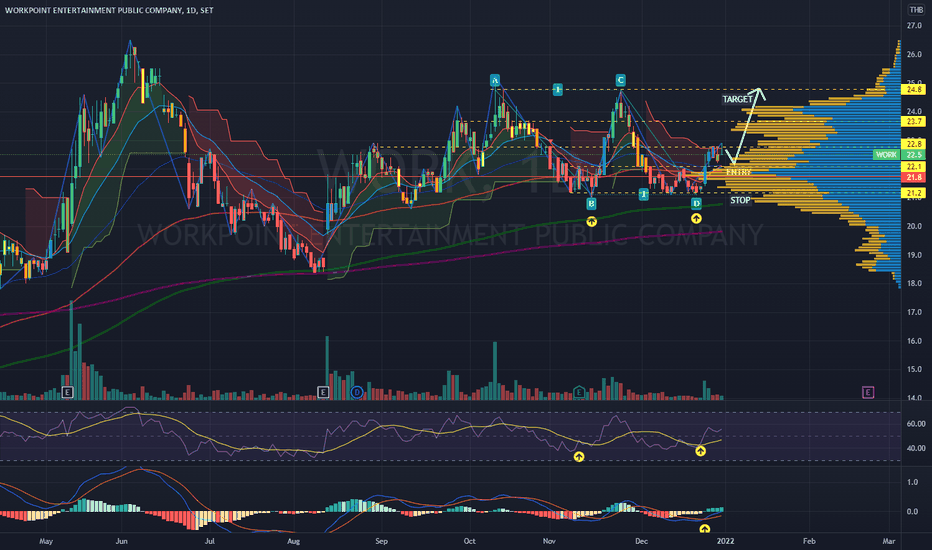What are the indicators?
A group of tools called indicators are used on a trading chart to assist make the market easier to understand.
They can verify, for instance, if the market is range- or trending.
Additionally, indicators can reveal specific market data, such as when an item is about to reverse course and is overbought or oversold within a range.
Things you should understand before utilizing trading indicators.
When it comes to trading indicators, the first rule is that you should never employ an indicator in isolation or too many indicators at once. Concentrate on a select handful that you believe will best advance your goals. Technical indicators should be used in conjunction with your assessment of the movements of an asset’s price over time.
It should be remembered that you have to confirm a signal. If you’re getting a ‘buy’ signal from an indicator and a ‘sell’ signal from the price action, you need to use different indicators, or different time frames until your signals are confirmed.
Another thing to keep in mind is that you must never lose sight of your trading plan. Your rules for trading should always be applied when using indicators.
The Best trading indicators
• Lagging and leading indicators
• Standard deviation indicator
• Oscillating indicator
• Exponential moving average
• Bollinger bands
• Ichomoku cloud
• Fibonacci retracement indicator
Lagging and leading indicators
There are many different indicator types, however it is important to first understand that indicators fall into two well defined categories:
• Lagging – providing signals that confirms the behaviour of the price action
• Leading – providing signals before the price action happens
Leading indicators
Leading indicators quantify the rate of change in the price action and can register when the price action is slowing down or speeding up. Leading indicators can provide signals leading of time.
For example, if the price action has quickly risen and then begins to slow, a leading indicator can listing this change in momentum and hence provide a signal that the asset may be due for a reversal.
Lagging indicator
A lagging indicator is generally used to confirm what the price action has done, such as whether the price action has entered into a trend and the strength of that trend. They are called lagging indicators because they lag behind the price action.
Standard Deviation Indicator
Standard deviation is an analytical measure of how prices are expanding around the average price. The greater the standard deviation relative to average changeable in an asset or stock market index, the larger the changes in pricing from day to day.
Oscillating indicators
When the price is moving in a scale, an oscillating indicator helps to confirm the upper and lower limitations of that range by showing whether something is overbought or oversold. They do this by oscillating between an upper level and a lower level. Oscillating indicators tend to be leading in nature.
If an oscillating indicator signals that a product is overbought, a trader will be likely to look for short positions. If an oscillating indicator signals that an instrument is oversold, a trader will likely look for long positions.
Exponential moving average (EMA)
EMA is another form of moving average. It places a greater weight on recent data points, making data more reactive to new information. When used with other indicators, EMAs can help traders confirm remarkable market moves and gauge their legitimacy.
The most popular exponential moving averages are 12- and 26-day EMAs for short-term averages, whereas the 50- and 200-day EMAs are used as long-term trend indicators.
Bollinger bands
A Bollinger band is an indicator that imparts a range within the price of an asset typically trades. The width of the band increases and decreases to reflect recent volatility. The closer the bands are to each other – or the ‘tapered’ they are – the lower the perceived volatility of the financial instrument. Bollinger bands are useful because when an asset is trading outside of its constant levels, and are used mostly as a method to predict long-term price movements. When a price continually moves outside the upper parameters of the band, it could be overbought, and when it moves below the lower band, it could be oversold.
Ichimoku cloud
The Ichimoku Cloud.indicator identifies support and resistance levels. However, it also approximates price momentum and provides traders with signals to help them with their decision-making.
In short, it point out market trends, showing current support and resistance levels, and also predict future levels.
Fibonacci Retracement Indicators
Fibonacci retracement indicators is similar to other technical indicators, but they are created by taking two extreme points (usually the peak and trough), dividing that distance by a Fibonacci number – such as 0.618 or 23.62% – then drawing a compulsion line from each of those points in turn to where the price is now. This helps traders recognize areas where buyers may be assembled with heavy buying pressure after the price has fallen through support levels and key reversal zones that can signal potential reversals.
